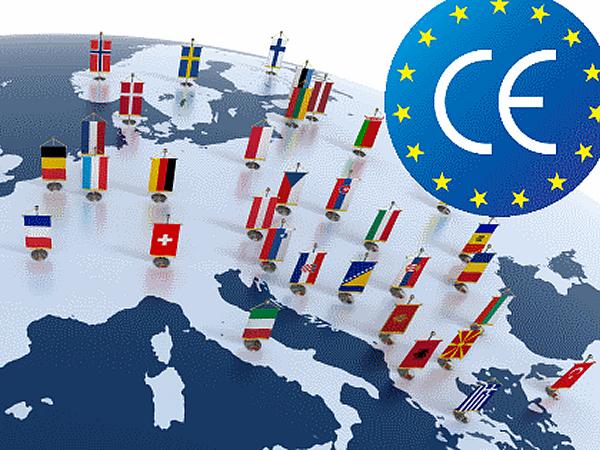
Glass for Europe, the trade association of the flat glass sector, is a firm believer in the added-value of a single market for construction products.
The Construction Products Regulation and its predecessor the Construction Products Directive were beneficial to the construction and the glass sectors.
Uniform rules for the CE marking of construction products are essential to safeguard a properly functioning single market.
Past experience and evidence in other industrial sectors have shown how mutual recognition schemes generate useless complexity and additional costs while national schemes are sometimes used as barriers to trade within the single market.
In this context, Glass for Europe, which gathers both global flat glass manufacturers as well as hundreds of SMEs processing and assembling building glass products throughout Europe, are opposed to a repeal of the Construction Products Regulation and its replacement by a Mutual Recognition Scheme.
As such, Glass for Europe fully supports the position expressed by Construction Products Europe, on behalf of a wider group of construction products manufacturers.
Admittedly, the implementation of the Construction Products Regulation could be improved. If current inefficiencies are partly due to the necessary learning phase of the system, Glass for Europe believes that the regulation could be improved in specific areas.
For this reason, Glass for Europe is in favour of option II.A, i.e. a limited CPR revision, although with a different and more hands-on focus than what is proposed in this consultation.
Based on the building glass industry’s experience in working with the CPR and its involvement in the development of new and revised standards for ‘glass in buildings’, Glass for Europe would like to call for the following adaptation to the CPR:
► Revision of article 9.2 to allow for a lighter CE label that does not duplicate the information already contained in the DoP. For certain products, duplicating all DoP information on the CE label is of no added-value considering that most of the information is needed neither in shops nor on construction sites.
For this reason, Glass for Europe calls for a revision of article 9.2 so that the mandatory information to be given in the CE-label can be set by families of products, in collaboration with the relevant CEN Technical Committee.
► Improvement of the procedure of citation of harmonised standards in the Official Journal of the European Union. If a control of the hENs by the EC is maintained, it should occur on the proofing ready for publication and not after publication.
More resources should also be allocated to speed up the process and make it more transparent. The current procedure has been a major cause of delays in the development of revised standards.
Additionally, the possibility that standards need to be amended after publication and proofing by EC services, can be the cause of confusion for market actors and in particular SMEs less involved in the standard development.
► The rules for setting new classes and thresholds or for modifying them shall be clarified and the procedure simplified. If "pass/failed" cannot be used anymore, alternative terms (e.g. "confirmed", "compliant"…) shall be agreed upon and communicated to the TCs, particularly when the declaration of a specific value is technically not grounded nor possible.
Glass for Europe believes that these small modifications have the potential to contribute greatly to the improvement of the CPR for industrial actors having to make the system work and function. These modifications would not alter but rather reinforce the CPR in its spirit, objectives and smooth implementation.

